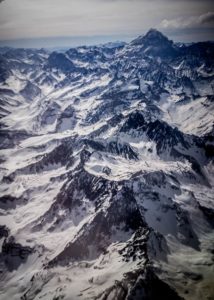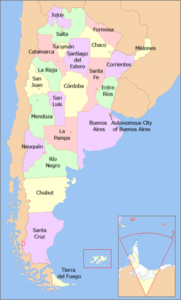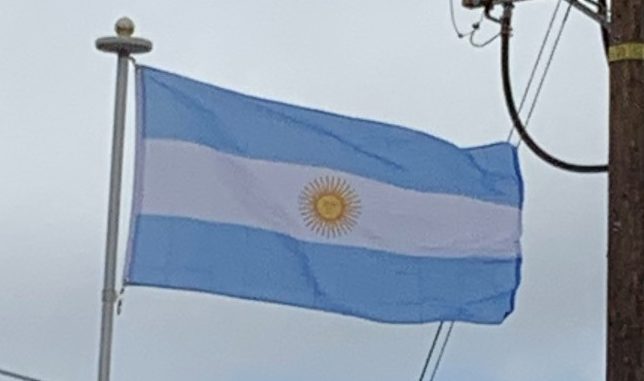On 22 November 2015, after a tie in the first round of presidential elections on 25 October, Mauricio Macri won the first ballotage in Argentina’s history, beating Front for Victory candidate Daniel Scioli and becoming president-elect. Macri is the first democratically elected non-radical or peronist president since 1916. He took office on 10 December 2015. In April 2016, the Macri Government introduced austerity measures intended to tackle inflation and public deficits.

Geography:
With a mainland surface area of 1,073,518 sq miles, Argentina is located in southern South America, sharing land borders with Chile across the Andes to the west; Bolivia and Paraguay to the north; Brazil to the northeast, Uruguay and the South Atlantic Ocean to the east; and the Drake Passage to the south; for an overall land border length of 5,826 miles. Its coastal border over the Río de la Plata and South Atlantic Ocean is 3,180 miles long.
Argentina’s highest point is Aconcagua in the Mendoza province 22,831 feet above sea level, also the highest point in the Southern and Western Hemispheres.

The lowest point is Laguna del Carbón in the San Julián Great Depression Santa Cruz province −344 feet below sea level, also the lowest point in the Southern and Western Hemispheres, and the seventh lowest point on Earth.
The northernmost point is at the confluence of the Grande de San Juan and Río Mojinete rivers in Jujuy province; the southernmost is Cape San Pío in Tierra del Fuego province; the easternmost is northeast of Bernardo de Irigoyen, Misiones and the westernmost is within Los Glaciares National Park in Santa Cruz province. The maximum north–south distance is 2,295 miles, while the maximum east–west one is 884 miles.
Some of the major rivers are the Paraná, Uruguay—which join to form the Río de la Plata, Paraguay, Salado, Negro, Santa Cruz, Pilcomayo, Bermejo and Colorado. These rivers are discharged into the Argentine Sea, the shallow area of the Atlantic Ocean over the Argentine Shelf, an unusually wide continental platform. Its waters are influenced by two major ocean currents: the warm Brazil Current and the cold Falklands Current.

Economy:
Benefiting from rich natural resources, a highly literate population, a diversified industrial base, and an export-oriented agricultural sector, the economy of Argentina is Latin America’s third-largest, and the second largest in South America. It has a “very high” rating on the Human Development Index and a relatively high GDP per capita, with a considerable internal market size and a growing share of the high-tech sector.
A middle emerging economy and one of the world’s top developing nations, Argentina is a member of the G-20 major economies. Historically, however, its economic performance has been very uneven, with high economic growth alternating with severe recessions, income maldistribution and—in the recent decades—increasing poverty. Early in the 20th century Argentina achieved development, and became the world’s seventh richest country. Although managing to keep a place among the top fifteen economies until mid-century, it suffered a long and steady decline, but it is still a high income country.
